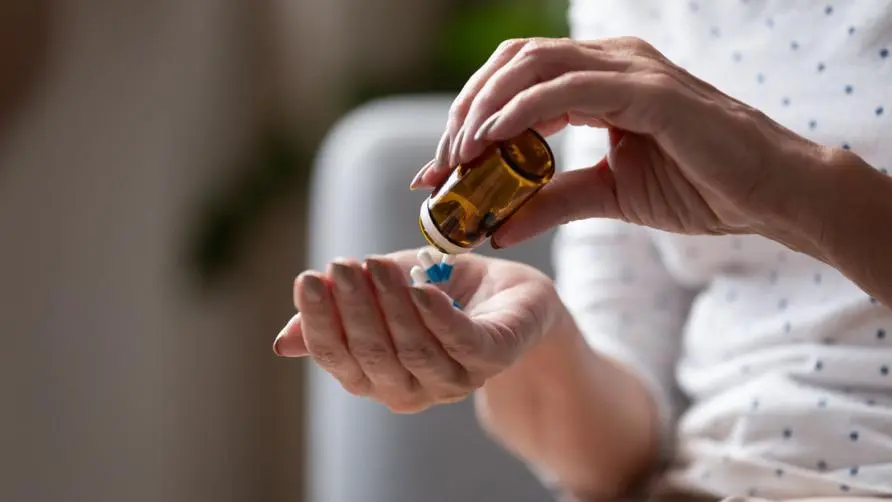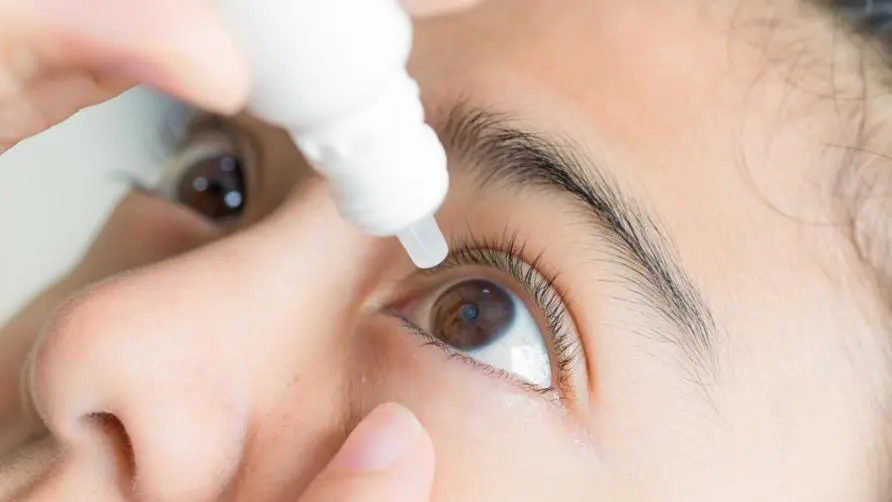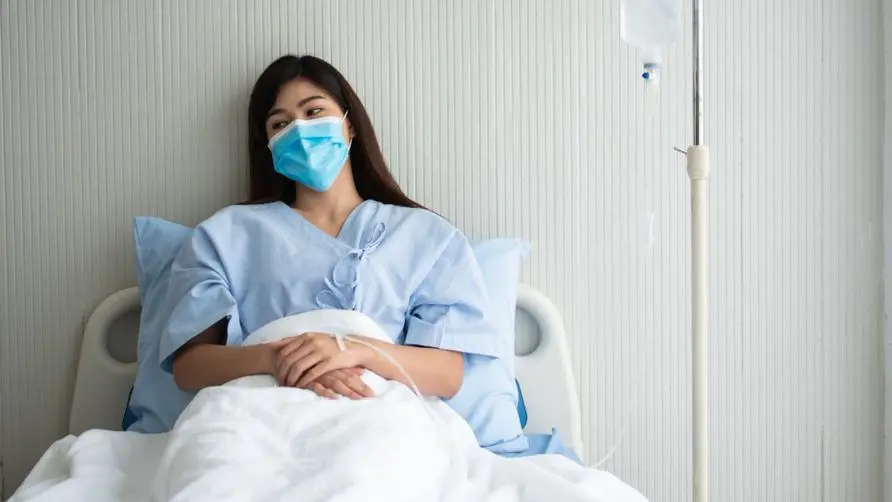The dawn of drug resistance in Acinetobacter baumannii! New antibiotic therapeutic effect 4-64 times new trend in antibiotic drug research and development

The dawn of drug resistance in Acinetobacter baumannii! New antibiotics are 4-64 times more effective
The increase in antibiotic resistance has become an important global public health issue. Among them, “Acinetobacter baumannii” (also known as AB bacteria), a gram-negative bacterium, is a major threat causing high mortality rates in nosocomial infections. Considered the most important “opportunistic pathogens”. Treatment options for “carbapenem-resistant Acinetobacter baumannii” (CRAB), which is resistant to carbapenem antibiotics, have been limited in the past, and invasive CRAB infection may lead to mortality in hospitalized or critically ill patients. As high as 40% -60%.
In the latest research paper in the internationally authoritative journal “Nature”, in order to develop new antibiotic drugs for the treatment of carbapenem-resistant Acinetobacter baumannii infections, Harvard University’s Department of Chemistry and Metabiology, Department of Biochemistry and Molecular Pharmacy and Swiss Roche Pharmaceuticals Zosurabalpin (RG6006), an antibiotic jointly developed by the factory, identified potentially effective biologically active substances (hits) from nearly 45,000 macrocyclic peptide compounds through high-speed screening, and found 3 exclusive amino acid sequences. Through laboratory bridge cyclization (MCP lead) and optimized candidate (optimized candidate), a new macrocyclic intrathioether antibiotic was formed.
Trials have shown that Zosurabalpin is 4-64 times more effective than traditional treatments when used on immunocompromised mice infected with carbapenem-resistant Acinetobacter baumannii. Its safety and survival rate are quite excellent, and it is expected to enter clinical practice soon. Phase I trial. It has the potential to prevent the global health threat posed by invasive, drug-resistant Acinetobacter baumannii infections.
Endotoxins can easily induce immune storms and lead to death. New antibiotics make breakthroughs in treatment difficult
Li Zonglin, a researcher at the Genome Research Center of Academia Sinica and CEO of the Chemical Biology Group, explained in an interview that Gram-negative bacteria that often cause infections include Escherichia coli, Klebsiella, Pseudomonas aeruginosa and Acinetobacter baumannii. The outer membrane of the cell wall of Gram-negative bacteria is mainly composed of lipopolysaccharide (LPS) layer. Lipopolysaccharide is also known as “endotoxin”, which can induce the secretion of human cytokines and trigger an immune storm. If treatment is ineffective, it may even cause bacteremia and sepsis. The patient died. Because the liposomes on the outer layer of Gram-negative bacteria form a physical barrier, it is difficult for antibiotics to reach the interior of the bacteria.
Researcher Li Zonglin said that Acinetobacter baumannii usually contains b-lactamases (b-lactamases) to decompose antibiotics such as penicillins and cephalosporins, making treatment more difficult. The new semi-synthetic compound identified in this study successfully turns what was considered an “undruggable” target in the past into a transmembrane transporter complex that acts on liposomes through bridging to form a macrocyclic intrathioether antibiotic. A drugable target was developed, and the transporter-lipopolysaccharide-macrocyclic endosulfide ternary complex structure (LptB2FG-LPS-MCP) was analyzed using cryo-electron microscopy to confirm its binding position, in vivo, in vitro and safety Sexual experiments have confirmed the efficacy of the drug candidate. It is a major breakthrough in the development of new antibiotics.
However, researcher Li Zonglin pointed out that antibiotics are divided into “broad spectrum” and “narrow spectrum”. The target of the macrocyclic endosulfide antibiotics in this study is only effective against Acinetobacter baumannii. It belongs to the “narrow spectrum” type and is not effective against other species. Gram-negative Escherichia coli, Klebsiella, Pseudomonas aeruginosa, etc. are ineffective, so further experiments are needed to find the lead compound specific to their respective liposome transporters. , the discovery and development of new drugs has evolved from ultra-high-speed screening systems (uHTS) to recent computer or AI-aided design, virtual screening of drug targets, cell phenotype screening, etc., which have enabled more rapid and effective design or discovery of benchmarks (drug target) bioactive substances to help scientists accelerate the development of new drugs.
Antibiotic resistance will kill tens of millions of people every year. Do not abuse or misuse antibiotics.
The threat of antibiotic resistance to human health cannot be underestimated. The United Nations Environment Program (UNEP) estimates that by 2050, 10 million people will die every year due to antibiotic resistance. Researcher Li Zonglin said that antibiotic resistance may lead to the unavailability of drugs when invasive infections occur in hospitals. It is urgent to develop new antibiotics to alleviate the problem of antibiotic resistance. However, developing new drug compounds is expensive, and many pharmaceutical companies have no intention of investing in antibiotics with lower returns. Most of them Re-modify and improve the chemical structure of the original antibiotic. The development of new antibiotics still requires government units to provide tax incentives or incentives to increase industry incentives, which will help promote the development of new drugs.
Researcher Li Zonglin reminded that antibiotic resistance and multi-drug-resistant bacteria are related to the survival of human beings. After pathogens coexist and compete with humans, they are likely to evolve into “superbugs” that threaten the world. The general public must follow medical advice when using antibiotics. They should not lend antibiotics to others or buy them for themselves. They should also not stop taking antibiotics at will. This will increase the resistance of pathogenic bacteria to antibiotics and evolve new variants that make antibiotics ineffective. The drug resistance of pathogens is mostly transmitted through vertical progeny or horizontal gene transfer. When entering and leaving medical institutions and intensive care units, decontamination procedures should be followed thoroughly to avoid cross-infection and help bacteria develop drug resistance.
Source: A novel antibiotic class targeting the lipopolysaccharide transporter
Further reading: Will “superbugs” dominate the post-COVID-19 era? Experts: 33,000 lives may be lost every year





